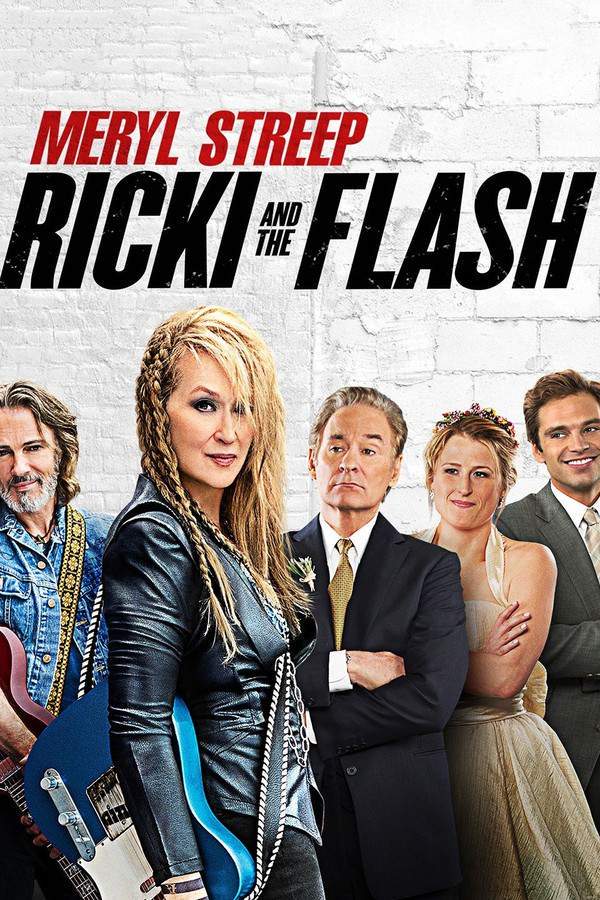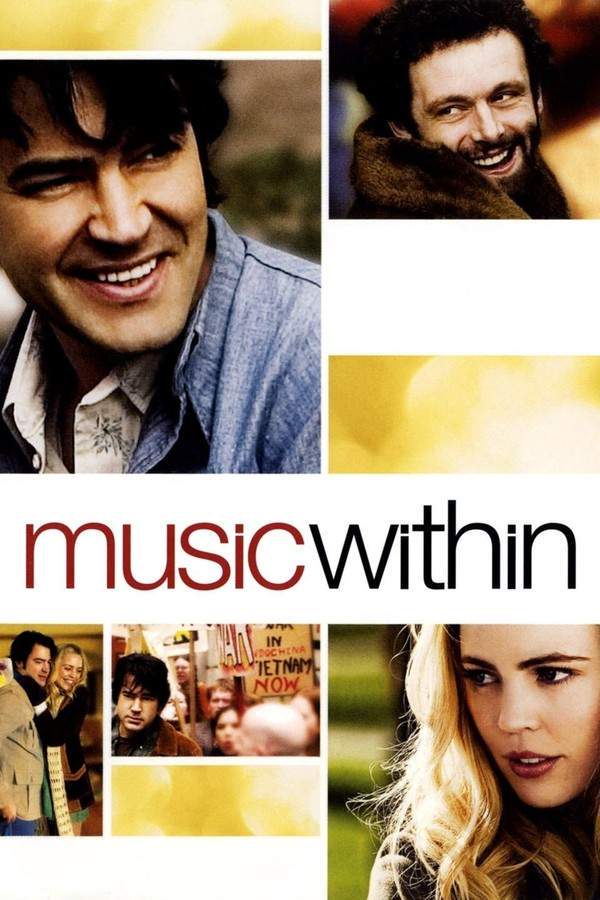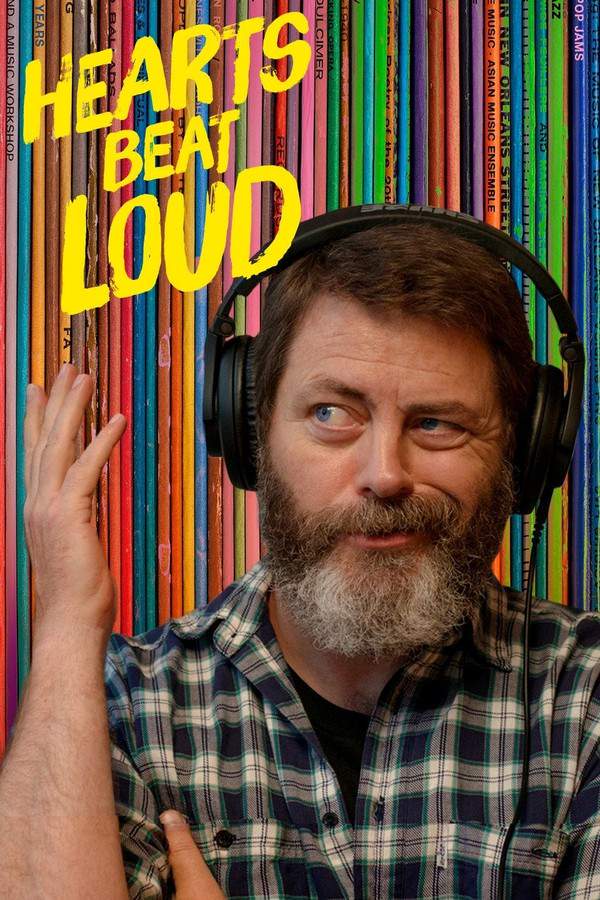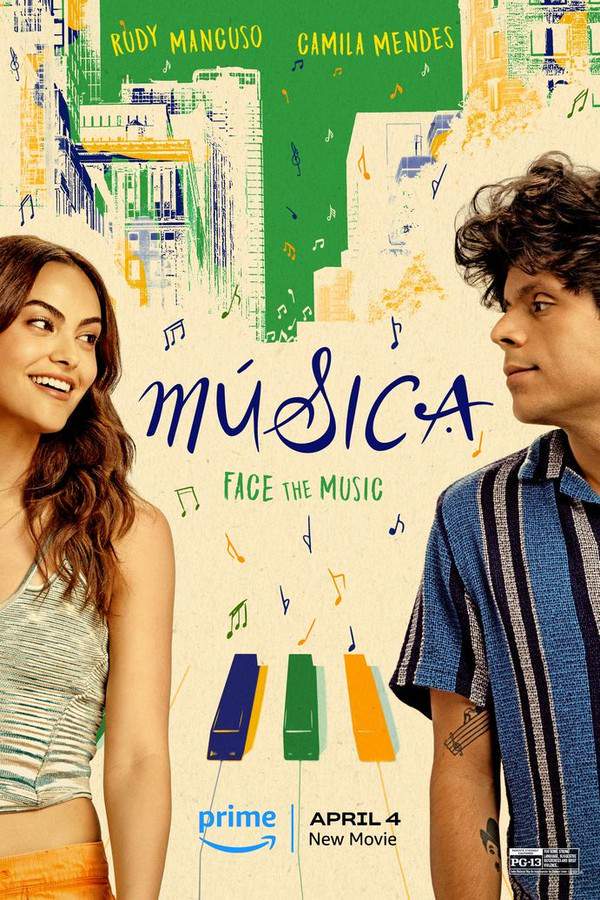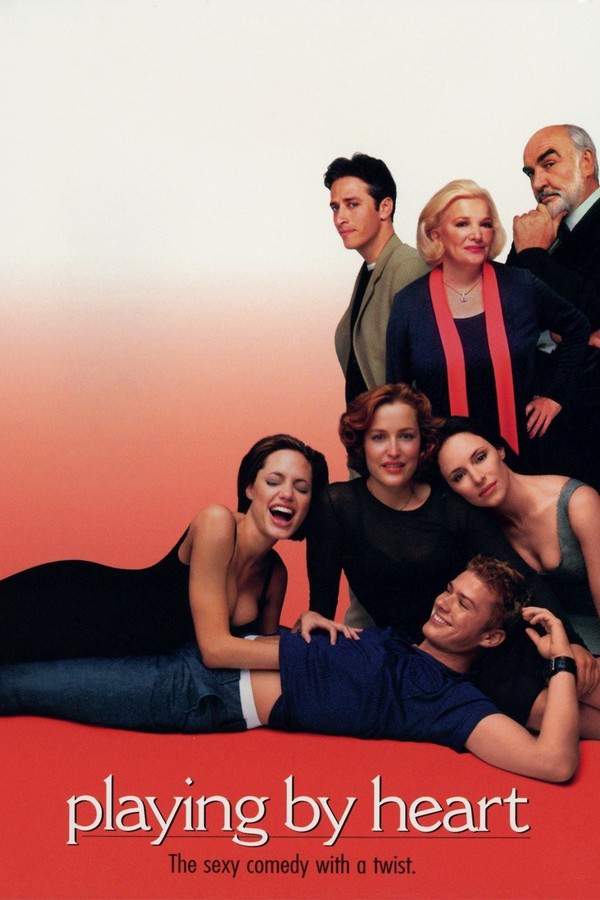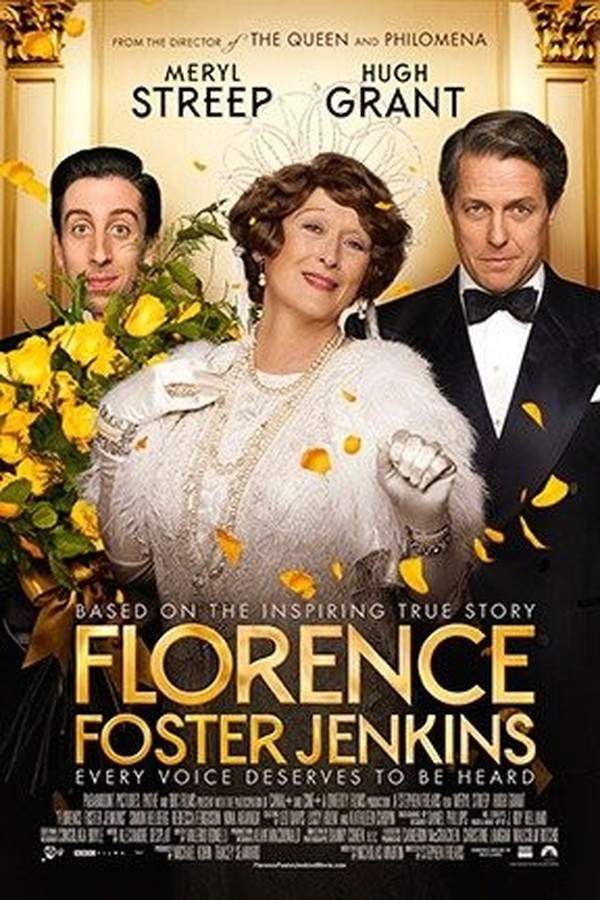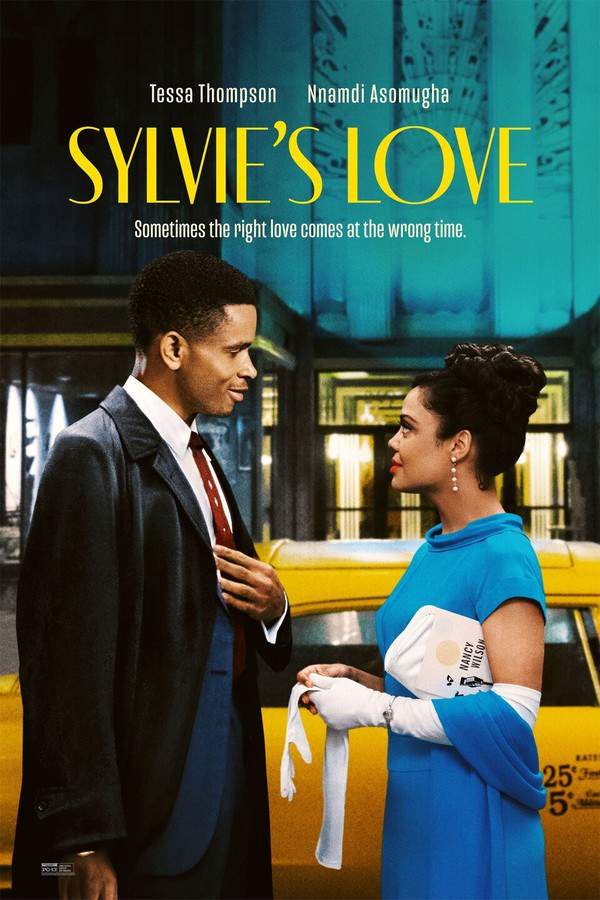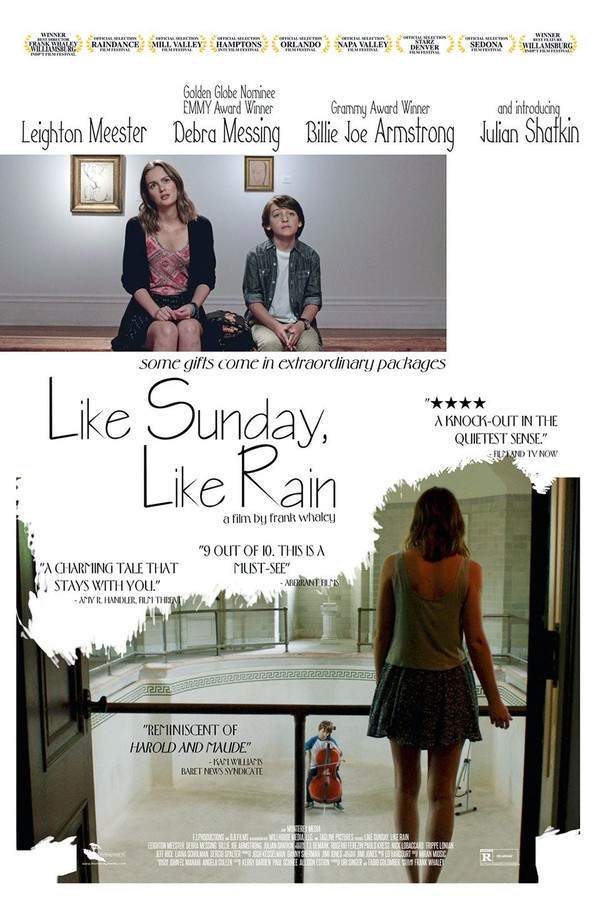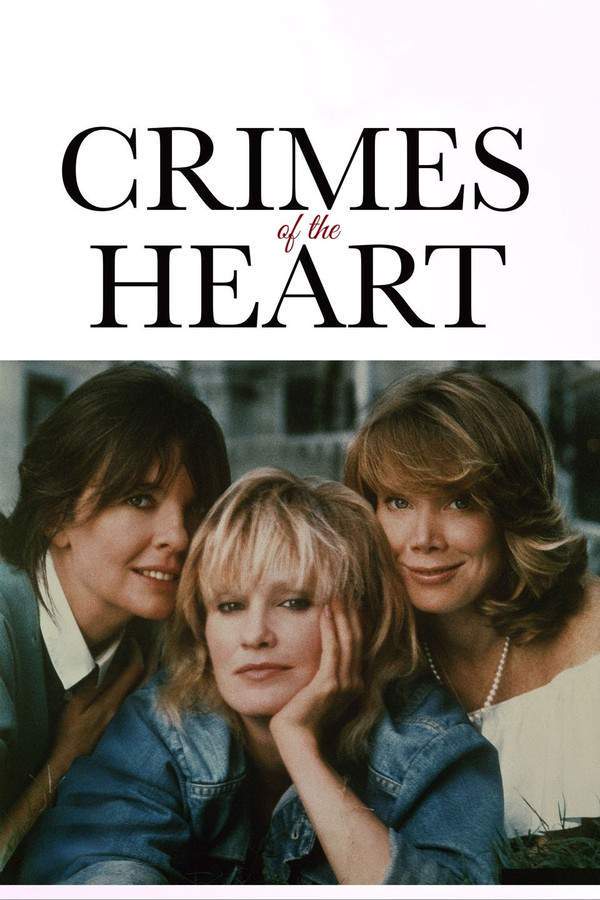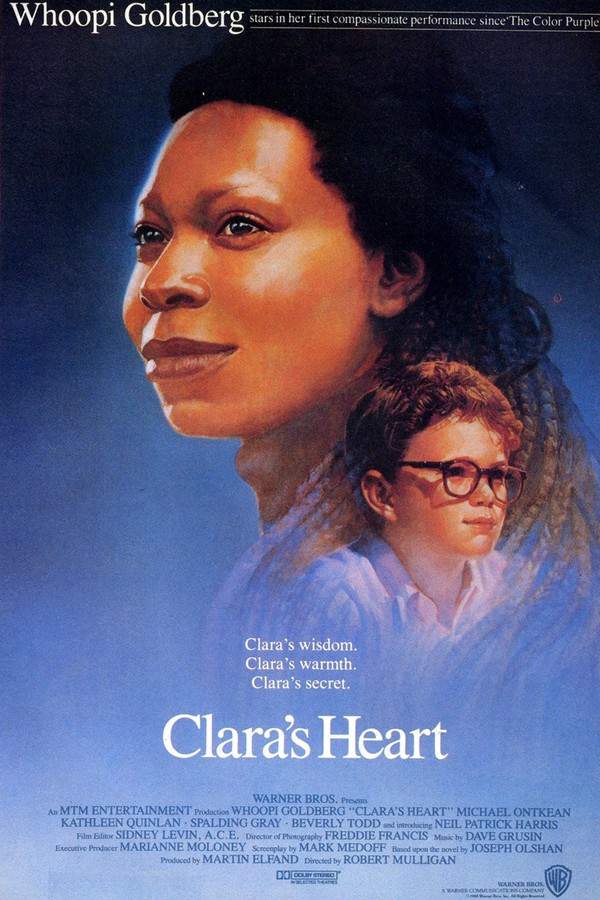
Music of the Heart 1999
Directed by
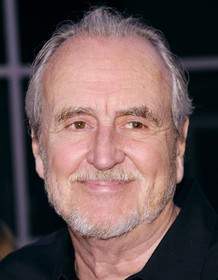
Wes Craven
Made by
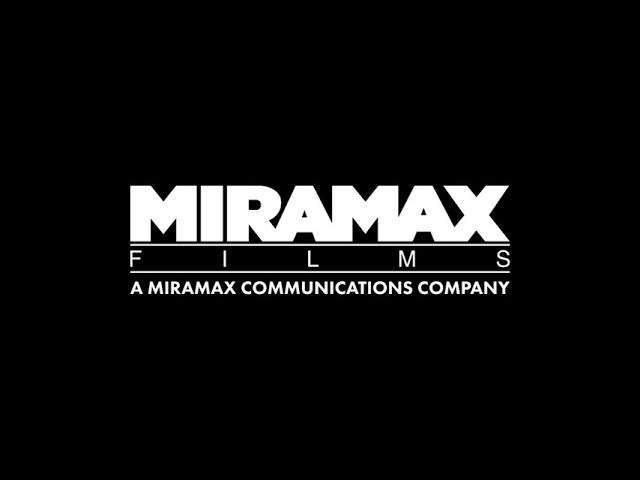
Miramax Films
Music of the Heart Plot Summary
Read the complete plot summary and ending explained for Music of the Heart (1999). From turning points to emotional moments, uncover what really happened and why it matters.
In the vibrant cityscape of 1981 New York City, Roberta Guaspari (Meryl Streep), a gifted violinist with an unwavering devotion to music, finds herself grappling with the emotional fallout of her recent divorce from Charles Demetras, a U.S. Navy officer who has turned his affections toward her friend, Lana Holden. With her mother, Assunta, urging her to step back into the workforce and care for her two sons, Alexi and Nicholas, Roberta seeks solace in the familiar company of her old acquaintance, Brian Turner. Starting her journey as a gift-wrapper in a department store, she rekindles her passion for music when Turner suggests that she meet Janet Williams, the head teacher at East Harlem’s Central Park East School.
Despite her lack of formal experience in music education, Roberta courageously embraces the opportunity to work as a substitute violin teacher, arriving with 50 child-sized violins she procured during her husband’s deployment in Greece. With a unique combination of strength and resolve, she manages to motivate a cohort of children and win over their initially doubtful parents, gradually crafting a program that captures the attention of the community and eventually extends to Central Park East II and River East Schools.
As a decade passes, the once-thriving string programs face a severe threat when the New York City Board of Education considers slashing funding. Roberta’s earlier dismissal only intensifies her resolve to advocate for the program she has passionately nurtured. Rallying support from her former students, their parents, and fellow teachers, she orchestrates a benefit concert named Fiddlefest aimed at raising essential funds to sustain the program. Just as rehearsals progress, disaster strikes when the venue is abruptly lost. Fortunately, help arrives in the form of Arnold Steinhardt, a celebrated violinist with the Guarneri Quartet and a friend of Roberta’s, who galvanizes other renowned musicians such as Isaac Stern, Itzhak Perlman, Mark O’Connor, and many more to participate in securing a new venue at Carnegie Hall. This pivotal moment allows Roberta and her students to share the stage with music legends during the Fiddlefest performance.
The concert transforms into an overwhelming success, reflecting Roberta’s steadfast commitment to her craft and the extraordinary abilities of her students. In a heartwarming epilogue, the film reveals that the concert’s proceeds of $250,000, a powerful testament to music’s influence, sustain Roberta’s innovative program for three additional years, further bolstered by benefit concerts and donations to her private foundation, Opus 118 Harlem School of Music. Although Community School District 4 offers limited support due to its finances, the combined efforts of commitment, generosity, and resilience lead to the official reinstatement of Roberta’s esteemed violin program, showcasing the profound impact she has had on her students’ lives.
In the meantime, Roberta’s personal life flourishes as well. She now resides in East Harlem with her daughter Sophia, whom she lovingly adopted from El Salvador in 1991. Her eldest son Nicholas has emerged as a talented cellist, currently delving deeper into his musical studies, while her youngest son Alexi is on the brink of pursuing a career in medicine, ready to make his own contributions to society. As Opus 118 aims to broaden its outreach and impact more children, its future relies heavily on the kindness of the community and the steadfast dedication of its supporters.
Music of the Heart Timeline
Follow the complete movie timeline of Music of the Heart (1999) with every major event in chronological order. Great for understanding complex plots and story progression.
Roberta's Emotional Struggles
In 1981 New York City, Roberta Guaspari copes with the emotional aftermath of her divorce from Charles Demetras, who has shifted his affections to her friend, Lana Holden. This period marks a significant turning point in her life as she faces the challenge of supporting her two sons while seeking solace in music.
Roberta's First Steps Back to Work
Urged by her mother Assunta, Roberta re-enters the workforce as a gift-wrapper at a local department store. Here, she meets Brian Turner, an old acquaintance who encourages her to reignite her passion for music and consider a potential career in teaching.
Meeting Janet Williams
Following Turner's suggestion, Roberta meets Janet Williams, the head teacher at Central Park East School. Despite lacking formal experience, Roberta is determined to take on the role of a substitute violin teacher, believing she can make a difference in the children's lives.
Starting the Violin Program
Roberta acquires 50 child-sized violins from Greece, a gift from her husband during his deployment. With these instruments, she initiates her teaching journey, aiming to inspire her students and foster a love for music among them.
Building Community Support
As Roberta's violin program gains traction, she works tirelessly to win over doubtful parents and the local community. Her dedication and unique approach to teaching create a supportive environment for her students to thrive musically.
Threat to the Program
A decade later, the New York City Board of Education considers cutting funding for Roberta's cherished string programs. Faced with this challenge, Roberta's resolve to protect the program she has built only intensifies.
Organizing Fiddlefest
To combat the funding cuts, Roberta organizes Fiddlefest, a benefit concert aimed at raising money for the music program. She rallies support from her former students, their parents, and fellow teachers, showcasing her passion for music education.
Venue Crisis
As the Fiddlefest rehearsals progress, disaster strikes when the original venue for the concert is suddenly revoked. Faced with adversity, Roberta must find a new location to ensure the concert goes on as planned.
Help from Music Legends
In a stroke of good fortune, celebrated violinist Arnold Steinhardt steps in to assist Roberta. He recruits other renowned musicians such as Isaac Stern and Itzhak Perlman to participate in the concert, helping secure a new venue at Carnegie Hall.
Fiddlefest Performance
The Fiddlefest concert becomes a monumental event, allowing Roberta and her students to perform alongside music legends. This incredible opportunity not only highlights the students' talents but also solidifies Roberta's commitment to music education.
Success of Fiddlefest
The Fiddlefest concert turns out to be an overwhelming success, raising $250,000. The funds serve as a vital lifeline, ensuring the continuation of Roberta's innovative music program for an additional three years, reaffirming music’s powerful role in the community.
Reinstatement of the Violin Program
Despite limited support from the Community School District 4, the combined efforts of Roberta and her devoted supporters lead to the official reinstatement of her distinguished violin program. This outcome showcases the significant impact Roberta has on her students’ lives and futures.
Personal Life Flourishes
As her professional life thrives, Roberta's personal life flourishes as well. Living in East Harlem with her adopted daughter Sophia, she witnesses her son Nicholas excel as a talented cellist and her youngest son Alexi prepare for a promising medical career.
Opus 118's Future
Roberta's commitment to Opus 118 continues as she aims to expand her outreach and impact more children through music. The organization’s future heavily relies on the community's kindness and the unwavering dedication of its supporters.
Music of the Heart Characters
Explore all characters from Music of the Heart (1999). Get detailed profiles with their roles, arcs, and key relationships explained.
Roberta Guaspari (Meryl Streep)
Roberta is a passionate and determined violinist navigating the challenges of single motherhood and professional reinvention. Her unwavering commitment to music drives her to inspire her students and advocate for arts education despite numerous obstacles. She embodies resilience, strength, and love for her children and community.
Charles Demetras
Charles is a U.S. Navy officer whose recent divorce from Roberta signifies personal upheaval. His shift in affection towards Roberta's friend presents additional challenges in Roberta's life, highlighting emotional complexity. His character serves as a contrast to Roberta's journey of self-discovery and empowerment.
Nicholas
Nicholas, Roberta's eldest son, has a passion for music, emerging as a talented cellist. His character demonstrates the influence of Roberta's dedication to music education and reflects the opportunities that arise from it. He represents the legacy of Roberta's commitment to inspiring the next generation.
Alexi
Alexi is Roberta's youngest son, standing at the threshold of a promising career in medicine. His aspirations reflect the differing paths that education can illuminate, embodying the potential future contributions of Roberta's children. His character balances the story as a representation of hope and potential.
Music of the Heart Settings
Learn where and when Music of the Heart (1999) takes place. Explore the film’s settings, era, and how they shape the narrative.
Time period
1981
The movie is set in 1981, a period marked by significant social and economic changes in New York City. This era saw debates over public education funding and community arts programs which synthesize with Roberta's struggle to maintain her music program. The story unfolds amidst a backdrop of personal resilience and the power of community support.
Location
New York City, East Harlem, Carnegie Hall
New York City serves as the vibrant backdrop for the story, known for its cultural diversity and artistic spirit. East Harlem is a neighborhood that plays a crucial role in Roberta's journey, representing both challenges and opportunities in her life. Carnegie Hall stands as an iconic music venue, showcasing the pinnacle of musical excellence and community achievement during the Fiddlefest concert.
Music of the Heart Themes
Discover the main themes in Music of the Heart (1999). Analyze the deeper meanings, emotional layers, and social commentary behind the film.
🎶
Music & Education
Music is a central theme, symbolizing hope and connection within the community. Roberta's journey highlights the transformative power of music education, showcasing how it can uplift and inspire children. The film emphasizes the importance of advocacy for arts programs that foster creativity and resilience in youth.
❤️
Resilience
Resilience is a defining theme as Roberta faces personal and professional challenges. Her determination to revive the violin program demonstrates the strength of her character and her unwavering commitment to her students. The story illustrates how perseverance can lead to overcoming adversity and achieving meaningful change.
🤝
Community Support
The theme of community support is crucial, showcasing how collective efforts can lead to significant accomplishments. Roberta rallies former students, their parents, and fellow teachers to safeguard the music program, emphasizing the importance of collaboration and shared goals in fostering educational initiatives.
Music of the Heart Spoiler-Free Summary
Discover the spoiler-free summary of Music of the Heart (1999). Get a concise overview without any spoilers.
In the early‑1980s, East Harlem pulses with the rhythm of everyday life, its streets echoing with the dreams and hardships of a tightly knit community. Amidst this backdrop, Roberta Guaspari, a classically trained violinist whose personal life has been upended by divorce, discovers a new sense of purpose when she steps into a modest schoolroom armed with a case of child‑sized violins. Her love for the instrument becomes a bridge between her own yearning for meaning and the restless energy of the neighborhood’s children, whose lives are as lively and varied as the music she hopes to teach them.
Across the hallway, Janet Williams presides over the school’s administration with a pragmatic eye, initially doubtful of an outsider’s ability to run a serious music program. Her skepticism is rooted in the challenges the school faces, but it also masks a hidden curiosity about what disciplined artistry could bring to her students. As Roberta begins to coax hesitant strings into sound, a tentative partnership forms, blending Roberta’s fierce devotion with Janet’s measured guardianship. The classroom transforms into a place where discipline meets improvisation, and where the clatter of violins becomes a subtle soundtrack to the daily grind of Harlem life.
Yet the harmony is threatened by the looming specter of budget cuts that could silence the budding program altogether. The prospect of losing this musical oasis rallies teachers, parents, and the young musicians themselves, each quietly contemplating the cost of silence. A collective resolve brews, hinting at the lengths a community will go to protect the fragile chords of hope they have cultivated together.
The film’s tone is warm and bittersweet, balanced between the gritty reality of the city and the transcendent beauty of shared music. It paints a portrait of perseverance, where the simple act of teaching a violin becomes an act of rebellion against circumstance, inviting the audience to feel the pulse of a neighborhood that refuses to be muted.
Movies with Similar Twists and Themes
Uncover films that echo the narrative beats, emotional arcs, or dramatic twists of the one you're exploring. These recommendations are handpicked based on story depth, thematic resonance, and spoiler-worthy moments — perfect for fans who crave more of the same intrigue.
Featured on this page

What's After the Movie?
Not sure whether to stay after the credits? Find out!
Explore Our Movie Platform
New Movie Releases (2025)
Famous Movie Actors
Top Film Production Studios
Movie Plot Summaries & Endings
Major Movie Awards & Winners
Best Concert Films & Music Documentaries
Movie Collections and Curated Lists
© 2025 What's After the Movie. All rights reserved.


